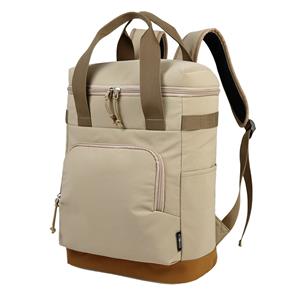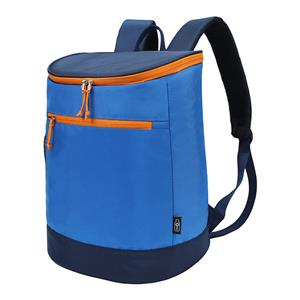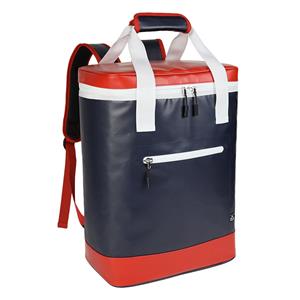- Corporate News
- Industry News
- Blog
- Product news
The Journey of RPET Materials in Sustainable Fashion and Beyond
The Recycling Process: Turning Waste into Worth
The journey of a plastic bottle to becoming an RPET product is a fascinating and eco-friendly process. It begins with the collection of used plastic bottles, which are then meticulously sorted to ensure only suitable materials enter the recycling stream. The first step in the transformation process involves stripping the bottles of their caps and labels. This is a crucial step as it helps in separating different materials, allowing for a more efficient recycling process. Once the bottles are stripped, they are thoroughly cleaned to remove any residue or contaminants. Cleanliness is paramount at this stage to ensure the quality of the final RPET material.

Following the cleaning process, the plastic bottles are processed into small flakes. These flakes are then washed again to eliminate any remaining impurities. The clean flakes are subsequently transformed into chips through a melting process. The chips serve as the foundation for creating yarn, which is pulled from the melted chips. This yarn, made entirely from recycled polyester, can be used directly or blended with other eco-friendly yarns to produce versatile fabrics like Waste2Wear. These fabrics are then utilized to manufacture a wide array of products, from clothing and accessories to home textiles and industrial materials.
Environmental Benefits of RPET Materials
The use of RPET materials offers numerous environmental benefits that make it a preferred choice for sustainable product manufacturing. By recycling plastic bottles into RPET, we significantly reduce the amount of plastic waste that would otherwise end up in landfills or oceans. This helps in mitigating the adverse effects of plastic pollution on wildlife and marine ecosystems. Additionally, the production of RPET requires less energy compared to the manufacturing of virgin polyester, resulting in reduced carbon emissions and a smaller carbon footprint. The recycling process also conserves natural resources, as it reduces the need for extracting and processing raw materials like petroleum, which is used in the production of conventional polyester.
Applications of RPET Products
RPET materials have found their way into various industries due to their versatility and eco-friendly nature. In the fashion industry, RPET fabrics are used to create clothing items such as shirts, dresses, jackets, and accessories like bags and shoes. These products not only look and feel great but also carry the added advantage of being sustainable. The outdoor and sports industry has also embraced RPET, utilizing it in the manufacturing of sportswear, hiking gear, and camping equipment. The durability and moisture-wicking properties of RPET make it ideal for performance-based products.
Beyond fashion and sports, RPET materials are used in home textiles, including bedding, curtains, and upholstery. The softness and durability of RPET fabrics make them suitable for creating comfortable and long-lasting home products. Additionally, the automotive and furniture industries have started incorporating RPET into their products, using it for seat covers, insulation materials, and other components. The possibilities for RPET applications are vast and continue to expand as more industries recognize the value of sustainable materials.





